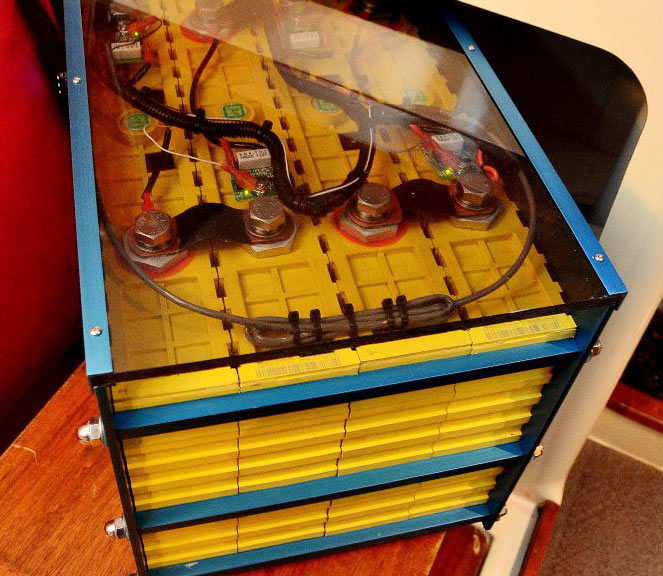You have to be careful charging this way, as most BMS's or MPPT's will 'see' an added load as a depleted charge, and try to charge it. Victron and a few others have systems made to be programmed and used this way, but most of the cheaper ones aren't meant for this. Li battery use requires that you know a lot more about what you're doing than other battery technologies do, and with the costs involved the last thing you want to do is ruin a perfectly good battery.
Another downside of this is that a system which 'top balances' (which almost all do) can't do that with less than full charging, so you'll have to periodically manually cycle the system without a load. If you want to 'float' a load, better to use AGM which can do this inherently.
Phil
You always need to be careful charging lithium if you don't use a standard charger, and in fact lead acid, they can both be dangerous.
"will 'see' an added load as a depleted charge, and try to charge it."
It can safely be done, but yes you need to know what your charger is doing. It does not matter if they try to charge while there is an output load, as long as they don't exceed the maximum voltage on any of the cells, and don't exceed the maximum current. Measuring the current could be a problem if your meter is measuring the input current to the battery + load instead of the input current only to the battery cells, but as long as it doesn't supply more than the maximum charge current then it can only undercharge the battery, or if it is a heavy load then it may only reduce the discharge, neither of which are a problem.
With other battery technologies like NiMH where you detect end of charge by sudden increases in voltage, you can't drive a load while charging otherwise you can't know when it is full, but with lithium the battery is full simply when you reach maximum voltage, and even then it could take a bit more if you don't mind sacrificing some life, it is not actually full, just as full as you have decided to fill it.
"Another downside of this is that a system which 'top balances' "
Not all battery packs need to 'top balance', in fact a dashcam battery pack may only ever reach full on long journeys, and on a commuter car that may never happen, so such a battery pack could be dangerous for dashcam use (That is how CellLink is done?).
For powering dashcams, the safest battery pack would have all the cells in parallel and step up the output voltage to that required by the dashcam, in which case no balancing is needed and it doesn't matter if cells wear at different rates, you can also discharge while charging perfectly safely. Yes, there is a slight inefficiency in the voltage change, but on a CellLink battery pack you need to use a hardwire kit to step down the voltage, with roughly the same inefficiency as a modern step up regulator.

